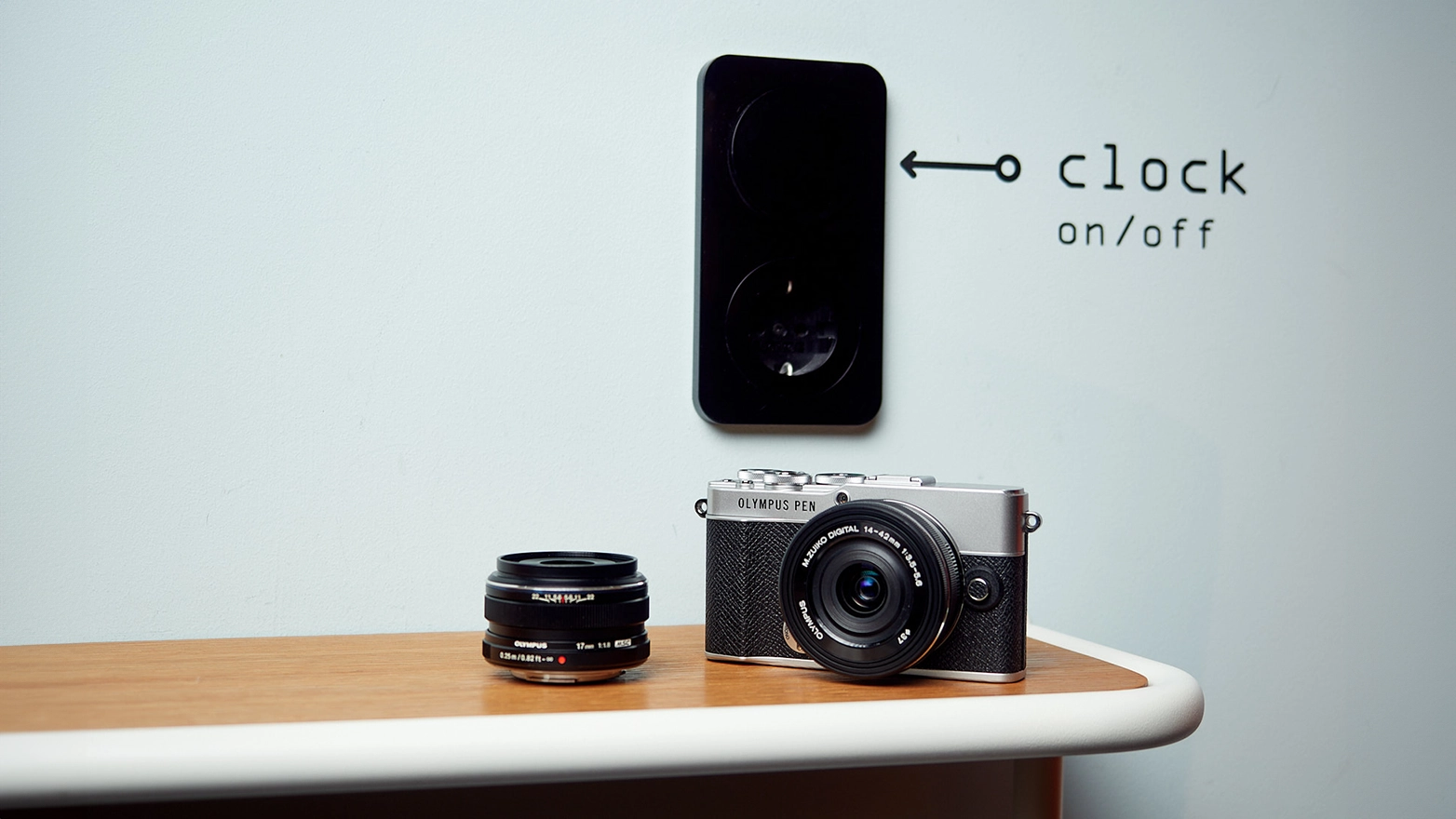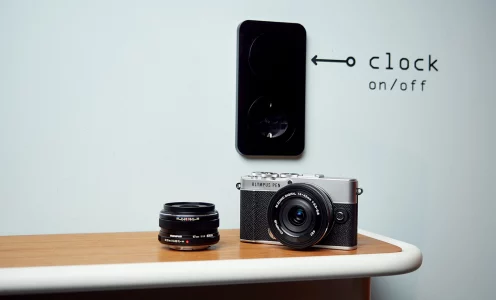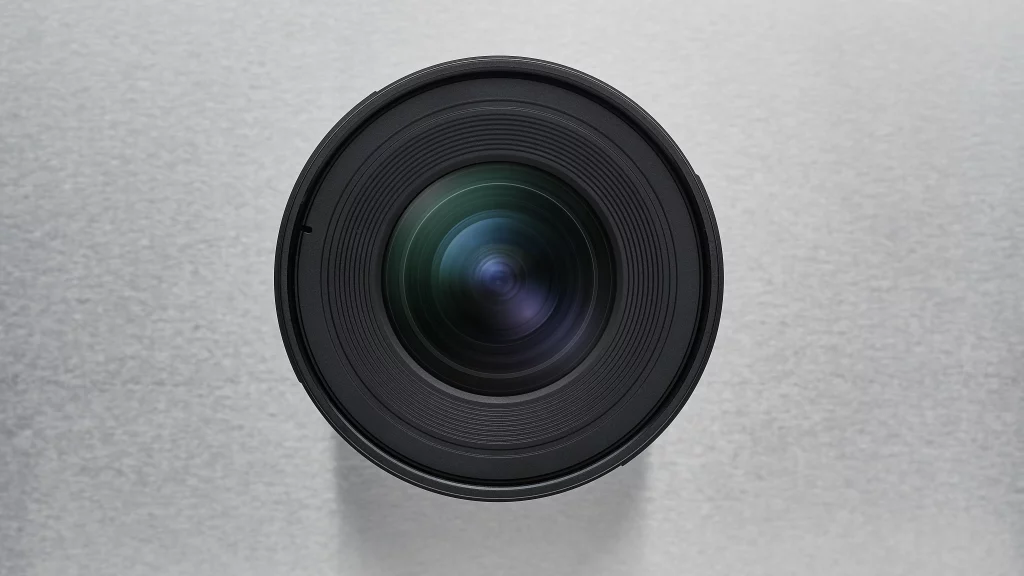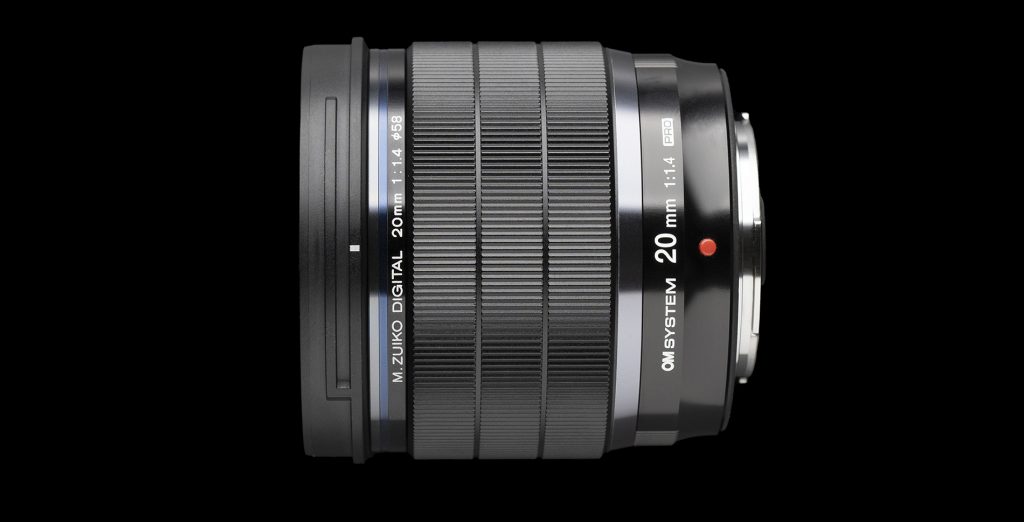In 2009 Olympus introduce in Berlin the E-P1 the first mirrorless camera with Micro Four Thirds standard. Already at that time, the camera design was based on the PEN design in the late sixties. Several successors have been released and in 2013 the last PEN of the P series has been released. Now after 8 years, OM Digital Solutions pick up the threads and releases with the Olympus PEN E-P7. Its design doesn’t require hiding from its predecessors. Modern but classic looks pretty nice and OM Digital Solutions achieved once again a very attractive camera.
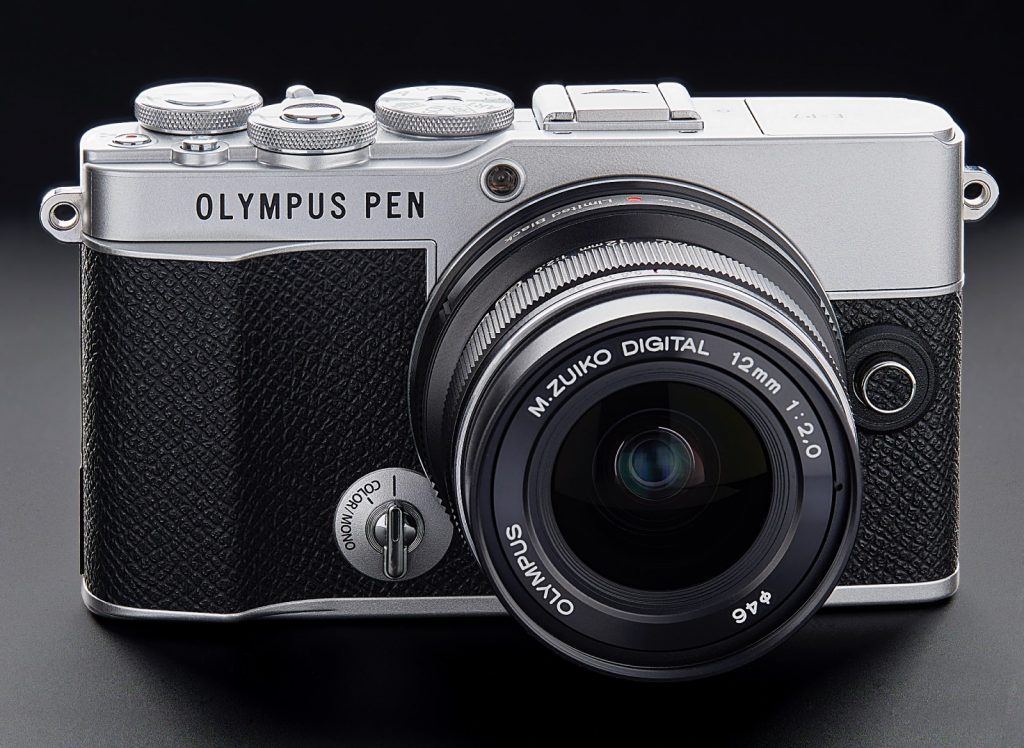
The inner values of the Olympus PEN E-P7
Personally, I love the design and this is already a good reason to buy the E-P7, but the E-P7 is coming with the newest technologies. It has the current image processor TruePic VIII and brings a 5 axis image stabilisation, which can correct 4,5 EV steps. In addition, it is the first PEN with the known 20 MPixel sensor of the E-M10 Mark IV. In conjunction with the high-quality M.Zuiko lenses, the E-P7 can deliver the best possible image quality.
What I like about the E-P7 most are the creative possibilities. Besides the well know Art Filters and the long time exposure function Live Composite and Live Bulb, the E-P7 is coming with Monochrom Profile and Colour Profile Control, which is known from the Olympus PEN-F. For both profiles, the E-P7 comes with four presets, which could be adjusted to personal preferences. The creative functions can be combined. For example, you can combine the Monochrom Profil or Color Profile with Live Composite and LiveBulb. This enables you to create unique results without long time post-processing.
The target group of the E-P7 are those who are using the smartphone to take images and looking for a camera with interchangeable lenses to be more creative. Therefore is the camera compatible with OI.share, with which you can remote control the camera. In addition, it is possible to transfer images directly from the camera to the smartphone. New in the E-P7 is, that you can transfer taken images automatically to the smartphone. Now it is even easier to transfer images to your smartphone and share them on social networks.

Critics
As beautiful as the camera is there are some features which will not be liked by all of you. For example, the display is only tiltable by 80° up and 180° down. It is also no swivel display. As the display is tilted downwards to see it from the front it is not possible to use a tripod. This makes selfies and selfie movies more difficult. OI.share can help here, as the live view can be used to control the image.
In addition, the E-P7 doesn’t have an electronic viewfinder. A lot of photographers do prefer an electronic viewfinder, especially when they are taking images in bright surroundings or need reading glasses. Here is a viewfinder helpful as the image is shown in infinity. The missing viewfinder is the reason for the compact size of the camera, which enables you to have the camera always with you.
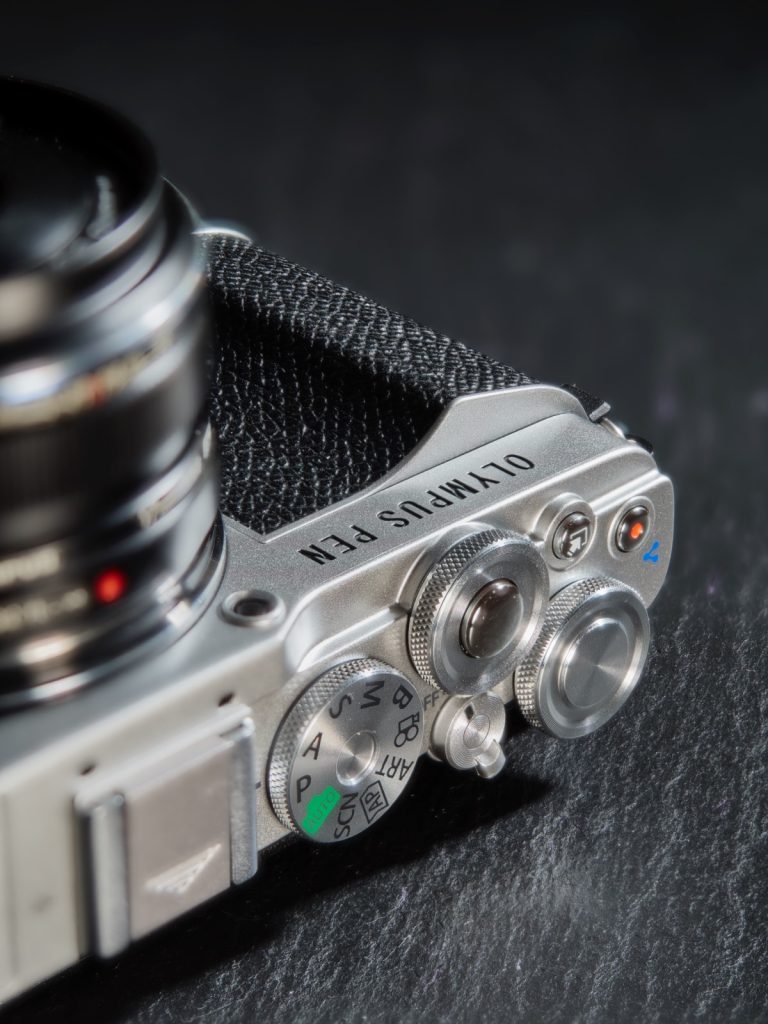
Conclusion
All in all the E-P7 is a very nice camera. Especially using the creative functions is fun and enable you to create impressive images without post-processing. This helps you to share your own image styles fast and uncomplicated on social networks. Due to the small size and weight, it competes with a camera like the Canon GX7 with the advantage of interchangeable lenses. In case you own already a Micro Four Thirds camera, the E-P7 is certainly an option as a second camera.
Further article about the Olympus PEN E-P7
Officially the E-P7 is not compatible with the Profoto Air Remote O-TTL, however see how it works in my article “Olympus PEN E-P7 and OM-D E-M10 Mark IV compatible with Profoto Air Remote O-TTL?“
